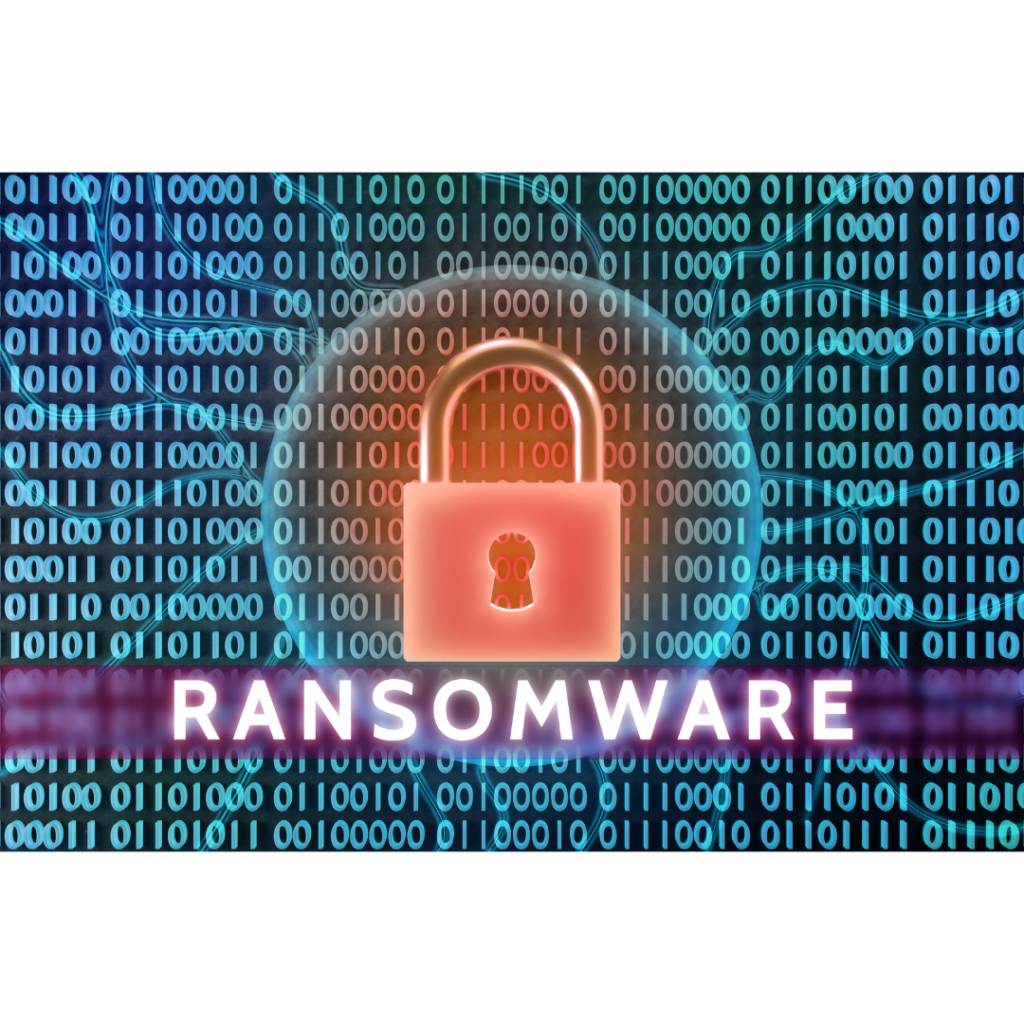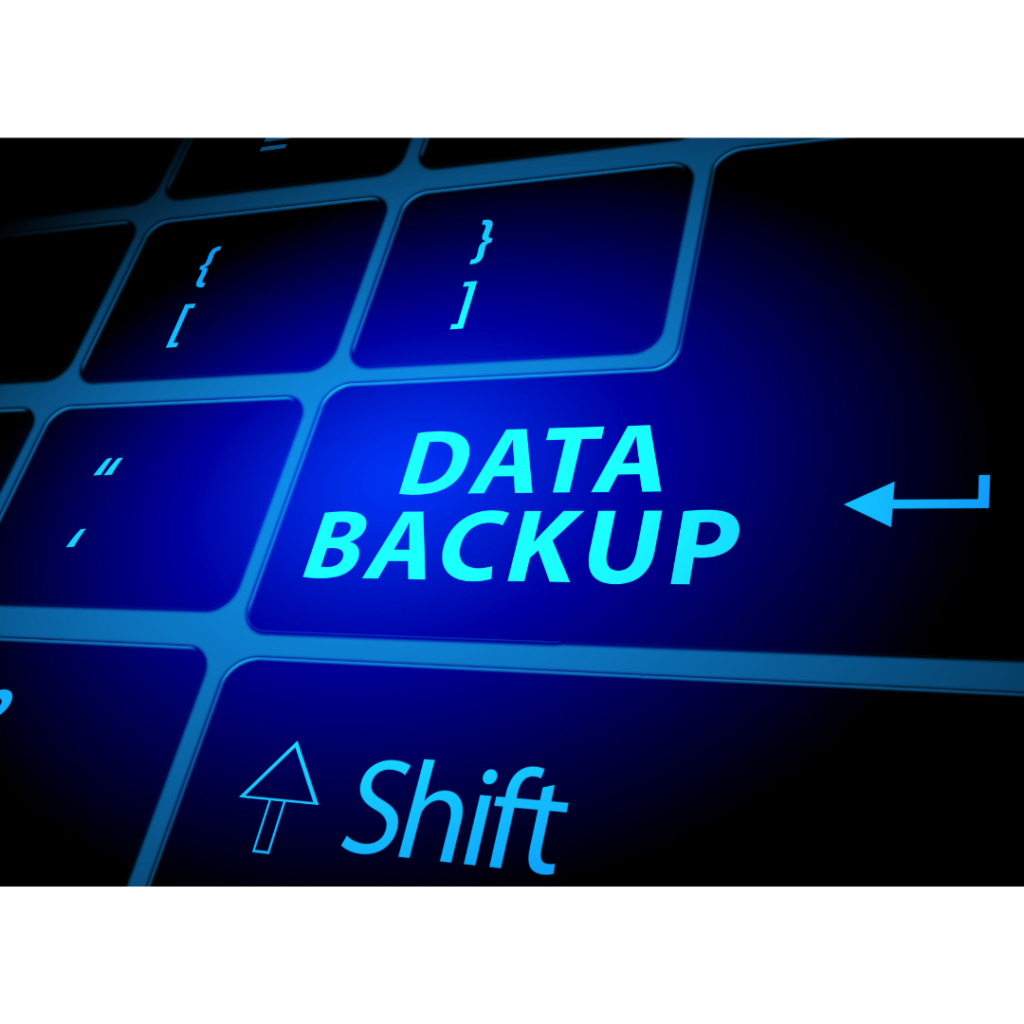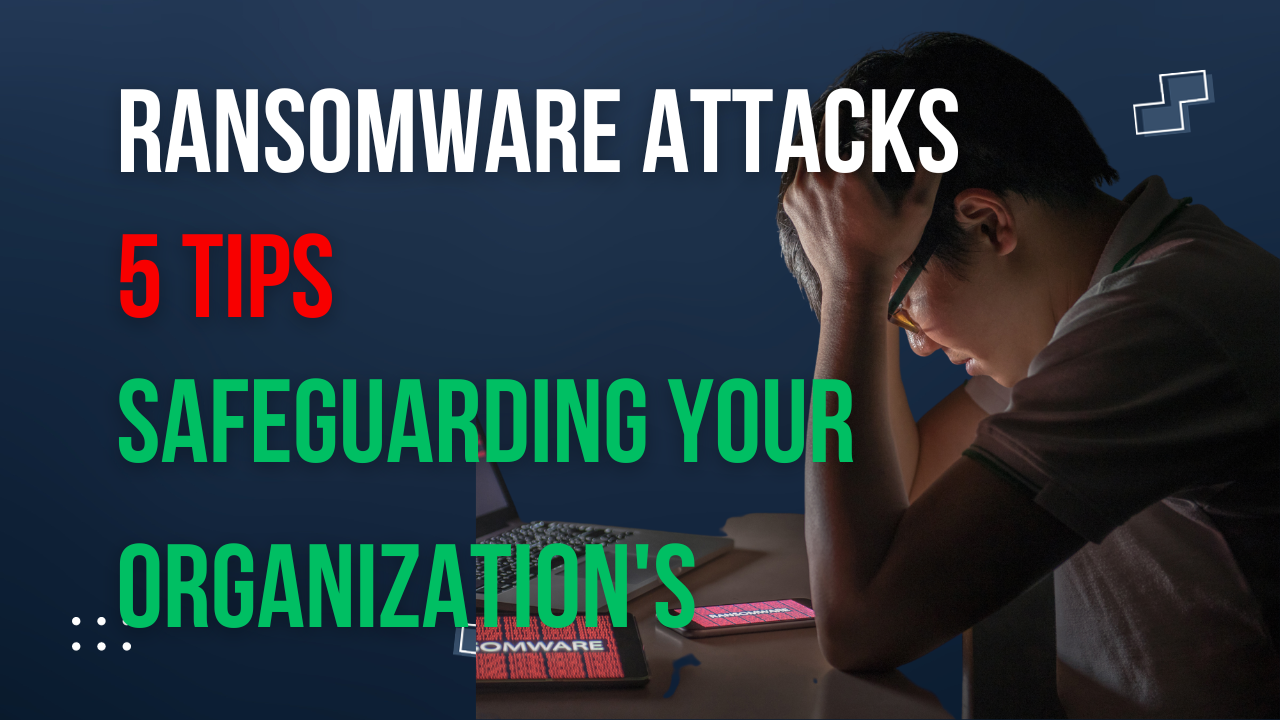Table of Contents

In today’s ever-evolving digital landscape, protecting your organization’s backups from ransomware attacks is of utmost importance. Ransomware has emerged as a serious cyber threat, causing significant disruptions and financial losses. Therefore, it is crucial for organizations to implement comprehensive measures to safeguard their valuable backup data. Cloud backups play a pivotal role in a robust cybersecurity policy, offering resilience and accessibility. While the ultimate goal is to prevent ransomware attacks altogether, organizations should also have a well-thought-out plan in place to efficiently recover from an attack, should one occur. Small businesses, in particular, are at a higher risk of being targeted, as ransom amounts continue to rise. Additionally, aside from locking down files, ransomware attacks can also grant attackers access to sensitive data, potentially leading to further damage. To enhance backup protection, it is recommended to implement endpoint security measures, provide comprehensive training to employees on recognizing and avoiding attacks, enforce backup best practices, continuously monitor backup systems, and adopt shorter backup cycles.
Importance of Protecting Backups

In today’s digital age, ransomware attacks have become a serious threat to organizations worldwide. These attacks can cripple businesses, leading to significant financial losses and damaged reputations. That’s why it is crucial for organizations to prioritize the protection of their backups. Backups serve as a lifeline in the event of a ransomware attack, allowing businesses to recover their data and resume operations efficiently. Without proper backup protection, organizations risk losing valuable data and facing the devastating consequences of a ransomware attack. Therefore, it is essential to implement robust backup protection measures as part of a comprehensive cybersecurity policy.
Ransomware as a Threat to Organizations
Ransomware attacks are a particularly dangerous form of cyber threat that can cause immense harm to organizations. These attacks involve malicious software that encrypts files on a victim’s computer or network, rendering them inaccessible until a ransom is paid. The attackers then demand a payment, typically in cryptocurrency, in exchange for providing the decryption key to unlock the encrypted files. The potential consequences of these attacks are dire, as organizations may lose critical data, compromise sensitive information, and experience significant downtime and financial losses. Protecting backups is crucial because they provide organizations with a means of recovery in the event of a ransomware attack.
The Role of Cloud Backups in Cybersecurity Policy
Cloud backups play a vital role in an organization’s cybersecurity policy. Cloud-based backup solutions offer several advantages over traditional backup methods, such as physical storage devices. By storing backups in the cloud, organizations can ensure that their data is securely stored offsite, protecting it from physical threats like theft, natural disasters, or hardware failures. Cloud backups also provide the convenience of remote access, enabling organizations to restore their data quickly and efficiently, regardless of their physical location. Additionally, cloud backup solutions often include robust encryption and security features, further protecting organizations’ critical data from ransomware attacks.
Goal of Preventing Ransomware Attacks and Recovery Plan
While protecting backups is essential, the ultimate goal for organizations should be to prevent ransomware attacks altogether. Preventive measures such as robust cybersecurity protocols, regular software updates, and employee training can significantly reduce the risk of falling victim to ransomware attacks. However, even with the best preventative measures in place, organizations must have a comprehensive recovery plan in case an attack does occur. This includes regularly testing backup restoration processes, maintaining up-to-date backups, and having a clear strategy for quickly recovering and restoring data. A well-prepared recovery plan ensures that organizations can minimize downtime and mitigate the impact of a ransomware attack.
Ransomware Attacks on Small Businesses
Small businesses are particularly vulnerable to ransomware attacks. Cybercriminals often target small businesses because they tend to have fewer resources allocated to cybersecurity and are less likely to have comprehensive backup procedures in place. Unfortunately, this makes them an easy target for attackers. Furthermore, the ransom amounts demanded from small businesses have been increasing, as attackers recognize the potential for higher payouts due to the critical importance of business data. This escalating risk poses a severe threat to the survival and success of small businesses, making it imperative for them to prioritize the protection of their backups.
Increasing Risk for Small Businesses
Ransomware attacks pose an increasing risk to small businesses. As small businesses become more reliant on technology and digitized systems, they also become more susceptible to cyber threats. Many small businesses lack the financial and human resources to invest in robust cybersecurity measures, making them an attractive target for attackers. Additionally, small businesses often rely on outdated software and operating systems, which may have known vulnerabilities that cybercriminals can exploit to gain unauthorized access. Protecting backups is crucial for small businesses to mitigate the risk of ransomware attacks and ensure their long-term viability.
Escalating Ransom Amounts
The ransom amounts demanded by attackers have been rising steadily in recent years. This trend is driven by several factors, including the increasing value of data to businesses and the perception that small businesses are more likely to pay the ransom quickly. Attackers understand that small businesses often lack the resources or expertise to recover their data without paying the ransom, making them an attractive target. The financial impact of paying these ransoms can be devastating for small businesses, not to mention the potential reputational damage that comes with being a victim of such an attack. By protecting backups, small businesses can reduce their reliance on paying ransoms and ensure the continuity of their operations.
Access to Sensitive Data
Ransomware attacks not only lock down files but also grant attackers access to sensitive data. This can have severe consequences for organizations, especially those that handle sensitive customer information or proprietary business data. When hackers gain unauthorized access to sensitive data, they can exploit it for financial gain, engage in identity theft, or even sell it on the dark web. Protecting backups is crucial because it prevents attackers from not only locking down files but also gaining access to sensitive data, reducing the potential for further harm to organizations and their stakeholders.
Tips for Protecting Backups from Ransomware
Protecting backups is a critical component of safeguarding against ransomware attacks. Here are five tips to help organizations enhance the security of their backups and mitigate the risk of falling victim to ransomware:
1. Implementing Endpoint Security
Endpoint security solutions are designed to protect individual devices, such as computers and mobile devices, from cyber threats. By implementing robust endpoint security measures, organizations can detect and prevent ransomware attacks from spreading throughout their network. This includes deploying antivirus software, firewalls, and intrusion detection systems on all devices to monitor and block malicious activities.
2. Training Employees to Identify and Prevent Attacks
Employees are often the weakest link in an organization’s cybersecurity defenses. By providing comprehensive training on identifying and preventing ransomware attacks, organizations can empower their employees to be vigilant and take appropriate actions to safeguard their data. Training should include recognizing phishing emails, using strong passwords, avoiding suspicious websites and downloads, and reporting any potential security incidents promptly.
3. Enforcing Backup Best Practices
Organizations should establish and enforce backup best practices to ensure the integrity, availability, and security of their backup data. This includes regularly backing up data to multiple locations, including offsite storage or cloud-based solutions. It is essential to encrypt backup data to protect it from unauthorized access and regularly test the restoration of backups to verify their effectiveness.
4. Continuous Monitoring for Suspicious Activities
Organizations should implement robust monitoring systems to detect and respond to suspicious activities promptly. This includes monitoring network traffic, user behavior, and system logs for any anomalies that may indicate a ransomware attack. By continuously monitoring their systems, organizations can identify and mitigate potential threats before they can cause significant damage.
5. Avoiding Long Backup Cycles
Long backup cycles can pose a significant risk to organizations in the event of a ransomware attack. If backups are only performed periodically, organizations risk losing a significant amount of data since the last backup. By reducing backup cycles and implementing frequent incremental backups, organizations can minimize data loss and expedite the recovery process in the event of an attack.




